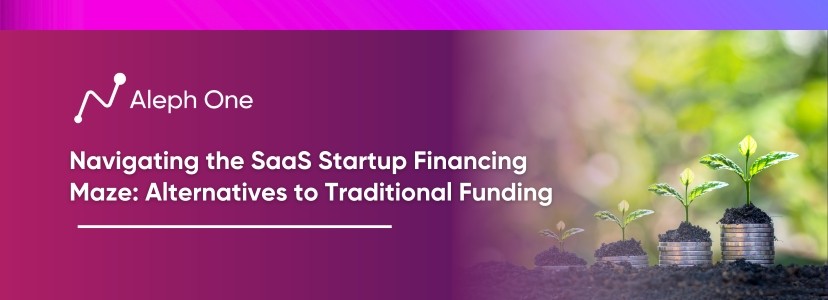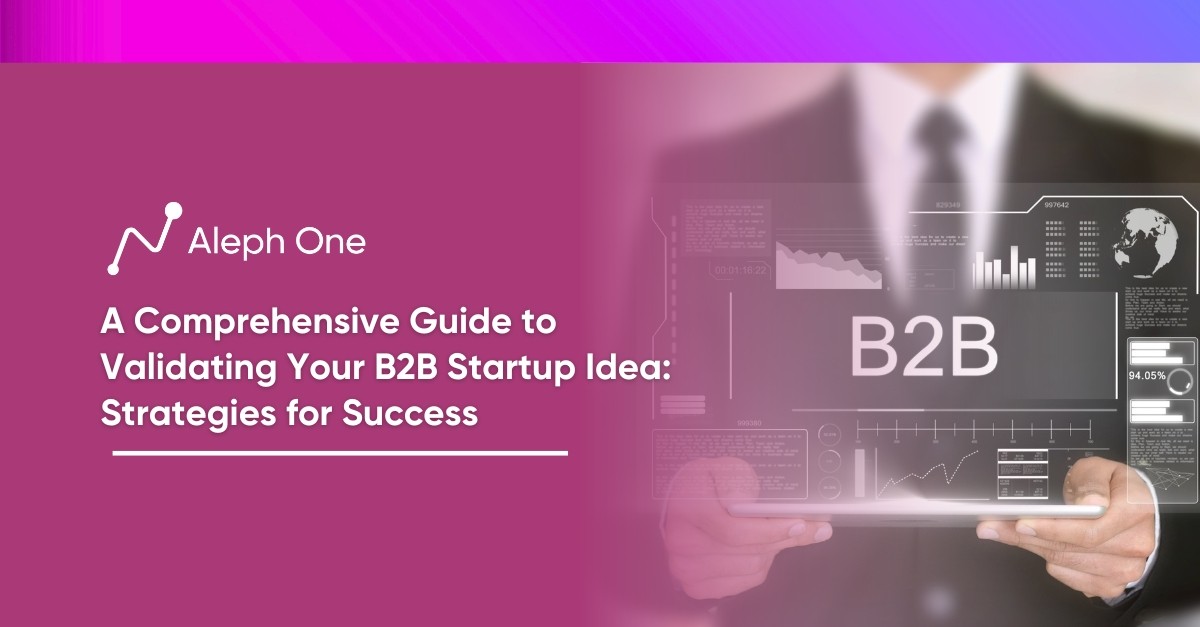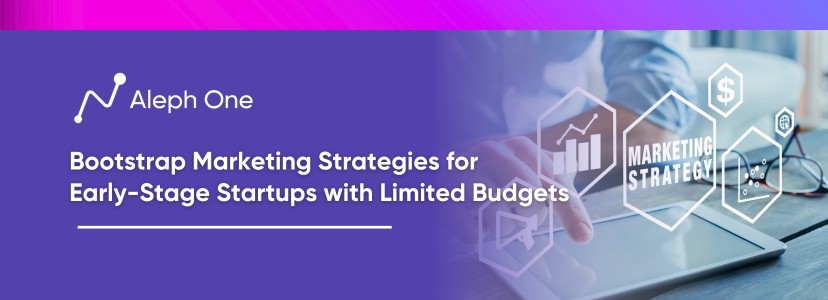Let’s work together to build something amazing. Share your project details and our team will reply to figure out the next steps to your success.

The SaaS industry is experiencing explosive growth, projected to reach $143.7 billion in 2022. However, the fierce competition and crowded marketplace require startups to find innovative ways to stand out, capture customer attention, and drive sustainable growth. Interactive product demos have emerged as a powerful strategy to achieve these goals. By immersing potential customers in the product experience and showcasing its value, demos build trust and credibility, even against larger competitors. This article explores how interactive demos can revolutionize a startup’s online presence, shares success stories, provides actionable tips for creating captivating demos and highlights the future of demo experiences using emerging technologies like interactive video, virtual reality, and AI.

The SaaS Market Is Booming – and Fiercely Competitive
The software-as-a-service (SaaS) industry has been experiencing explosive growth over the past decade. According to Gartner, the SaaS market is expected to reach $143.7 billion in 2022, up from $80 billion in 2018. This rapid growth has fueled a surge of SaaS startups looking to capture a share of this massive opportunity.
SaaS startups launch daily while large tech companies expand cloud services and gobble up smaller players. SaaS startups must find ways to stand out in a sea of competitors, capture customer attention, and drive sustainable growth.
Interactive Product Demos
Interactive product demos have emerged as one of the most effective strategies for overcoming competition in the SaaS market. By giving potential customers an immersive experience with your product, you can forge an emotional connection and demonstrate the actual value of your solution. This helps build trust and credibility, even for startups competing against more prominent, established players.
Drift Case Study Interactive Demo
For example, when Drift launched their conversational marketing platform, they were up against companies like Intercom and HubSpot that dominated the space. However, by offering an interactive demo right on their homepage, Drift was able to give visitors a taste of how simple and powerful their software was. This strategy helped propel Drift to over $50 million in annual recurring revenue and 50,000 customers within four years.
With competition intensifying in the SaaS industry, startups must rely on more than features and functionality. An exceptional product experience, delivered through guided product demos and free trials, is required to capture customer attention and drive growth by engaging potential customers and allowing them to experience your solution firsthand. The interactive demo has become an essential strategy for overcoming the competition and succeeding in today’s crowded SaaS market.
Guided Product Demos Convert Customers and Drive Growth
Interactive product demos are proven to convert leads into customers and fuel growth for SaaS startups. According to research from Demand Metric, companies that provide free product demos see up to 30% higher conversion rates than those without demos. When potential customers can experience your product firsthand and have their questions answered in real-time, they gain the confidence to buy in.
Udemy – Free Webinars
Udemy offers free live webinars and product demos to showcase their course library and platform. After attending a demo, attendees receive a special discount offer to sign up for a subscription. Udemy has found that a large percentage of webinar registrants end up as paying customers.
Asana – Master Classes
Project management tool Asana is another SaaS company that leverages interactive demos to drive business growth. Asana holds weekly live demos called “Master Classes” using their platform. Attendees can follow along as the host builds a project, ask questions via chat, and even receive 1:1 support. Asana has seen attendance at these Master Classes increase by over 50% as more people discover the value of seeing the product in action.
Guided Product Demos
When done well, guided product demos make a memorable impression and inspire customers to take action. According to CloudApps, over 50% of customers say live demos are the most valuable resource when evaluating a new SaaS tool. Demos create excitement and highlight the key benefits of your product. They allow you to connect personally with each attendee as their trusted advisor.
With competition rising, SaaS startups can take advantage of the opportunity to provide interactive demos. Turn your website, and visitors, into engaged leads and customers through the power of well-crafted product demos. Let people experience your solution firsthand, and you’ll drive more growth and stand out in a crowded market.
7 Steps to Create a Memorable Demo Experience
A compelling interactive demo is critical to converting interested prospects into paying customers. Here are seven tips for crafting a memorable demo experience:
1) Define Your Audience
Focus your demo on your target customers’ needs, pain points, and priorities. Speak their language and highlight the specific ways your product solves their problems.
2) Develop a Narrative
Don’t just show a list of features. Create a story that demonstrates how your product works in a real-world scenario. Walk through a day in your customer’s life and show how your tool makes their job easier.
3) Keep it Concise
Limit your demo to 30 minutes or less. Cover only the most critical capabilities and the primary user flow—schedule follow-ups.
4) Highlight Critical Features
Focus on the 3 to 5 elements that make your solution truly unique. Explain the key benefits and value propositions that set you apart from competitors.
5) Facilitate Live Interaction
The most compelling demos are hands-on, interactive experiences. Provide a test environment where prospects can click through the product and explore it independently. Offer to share your screen so they can navigate the tool.
6) Share a Case Study
Discuss how an existing customer has succeeded with your product—share metrics, testimonials, and stories demonstrating real-world impact and ROI. Prospects want to see evidence of success.
7) Issue a Strong CTA
End your demo with a clear call-to-action, such as a free trial or discount offer to sign up today. Be prepared to overcome any objections and ask for the sale. The demo is your best chance to close a new customer.
Following these best practices will allow you to craft a compelling demo experience that resonates with your audience, highlights the power of your solution, builds credibility, and motivates prospects to take the next step. An impactful demo can be the key to accelerating growth for your SaaS startup.
Common Mistakes SaaS Startups Make With Demos (And How to Fix Them)
Many SaaS startups make avoidable mistakes with their product demos that turn off potential customers and hurt conversion rates. Here are some of the most common blunders and how to remedy them:
Dull and Lengthy Demos
Some startups create demos that drag on for 30-60 minutes and bore audiences with too much detail or repetition. Keep your demos concise at 10-15 minutes to maintain high energy and interest. Focus on the key features that make your product stand out.
Lack of Audience
Take a “one-fits-all” approach to your demo. Develop specific demos for your buyer personas and use cases they care about. Ask attendees about their needs and tailor your demo content to match them.
Presentation Skills Could be Improved
SaaS founders are sometimes natural presenters. Practice your demo delivery and work to engage your audience. Make eye contact, smile, and convey passion for your product. Connect with viewers by using an enthusiastic and conversational tone.
Technical Issues
Nothing ruins a demo experience faster than technical problems. Thoroughly test your demo environment and tools like screen-sharing software. Have a backup plan in case of issues.
Unpersuasive Calls-to-Action
End your demo by making a solid case for your product and issuing a clear CTA, e.g., starting a free trial or pilot program. But avoid being pushy, as this can turn off audiences. Focus on the value for customers rather than your own sales targets. Follow-up demos with personalized outreach to keep the conversation going.
With practice and optimization, you can turn lackluster demos into a growth engine for your SaaS startup. Put in the work to understand your audience, improve your presentation skills, choose a compelling product narrative, and end with a persuasive CTA. Your demo will become an unforgettable experience for potential customers.
Optimizing Your Website to Capture Demo Leads
Your website is the foundation for capturing leads and driving prospects to your interactive demo. Here are some key strategies to optimize your site and increase demo signups:
Focus on SEO
Ranking high in search engines like Google is critical for visibility and traffic. Optimize your site for keywords related to your product and target customers. Blog regularly to establish authority in your space.
Create Valuable Content
Content like blog posts, guides, and videos builds your brand’s trust and attracts new visitors. Feature this content prominently on your site and promote it on social media—link to your demo signup form within each content piece.
Make Social Sharing Easy
Add social sharing buttons for platforms like LinkedIn, Twitter, and Facebook on all site pages, significant blog posts, and product pages. Engage with followers and encourage them to share your content.
Retarget Website Visitors
Use retargeting tools to place ads for your demo in front of people visiting your website. This significantly increases the likelihood of them signing up for a future demo.
Offer a Free Trial
A free trial allows visitors to experience your product firsthand. Promote your free trial alongside your interactive demo, as some visitors may prefer to explore independently. Capture leads from all visitors, whether they choose the demo or trial.
Keep Your Site Clean and Simple
A cluttered or confusing website will turn visitors away from your demo. Ensure all pages have a simple, uncluttered design, with clear calls-to-action pointing to your demo signup form.
Highlight Customer Success Stories
Feature stories and testimonials from happy customers who have experienced your product demo and become paying users. This social proof builds credibility and trust in your demo and brand.
With the proper optimization and lead capture strategies, your website can become a hub for attracting and converting high-quality prospects for your interactive demo. Stay up-to-date with the latest best practices in design, content, social, and retargeting to maximize this opportunity.
Looking Ahead: The Future of SaaS Demos
Interactive demos have become a crucial tool for SaaS startups to engage audiences and drive growth. But the demo experience is evolving fast. Emerging technologies like interactive video, virtual reality, and artificial intelligence are poised to transform how SaaS companies demonstrate and sell their products online.
Interactive Video Platforms
Interactive video platforms make it easier for startups to create memorable video-based demos. With features like in-video quizzing, calls-to-action, and lead capture forms, interactive video demos can provide a highly engaging experience. According to industry experts, companies using interactive video demos have seen up to a 600% increase in conversion rates.
Virtual Reality
Virtual reality is also gaining ground and enabling startups to provide immersive product experiences. With a VR demo, potential customers can explore a product through an interactive 3D environment using VR headsets. The high-fidelity experience helps them understand the product more intuitively. While still an emerging channel, major SaaS players like Salesforce, SAP, and Oracle are adopting VR product demos.
The Future of Demos – AI-Powered Demos
AI-powered demos are on the horizon and could provide hyper-personalized experiences for each potential customer. Using AI, SaaS startups can analyze data about a customer’s needs, interests, and behavior to tailor a demo specifically for them. AI can also dynamically adapt demos in real-time based on how the customer is engaging. Some industry leaders predict AI will eventually be able to conduct entire demos automatically without human involvement. To stay ahead of these trends, SaaS startups should closely monitor emerging technologies and consider piloting new strategies like interactive video or VR demos. While high-tech demos won’t replace human-led product walkthroughs anytime soon, they are important channels for reaching new audiences and keeping your startup’s demo experience on the cutting edge. Maintaining an innovative mindset will be key to success in the fast-changing SaaS landscape.
Get the latest news and updates from Aleph One in your inbox.



